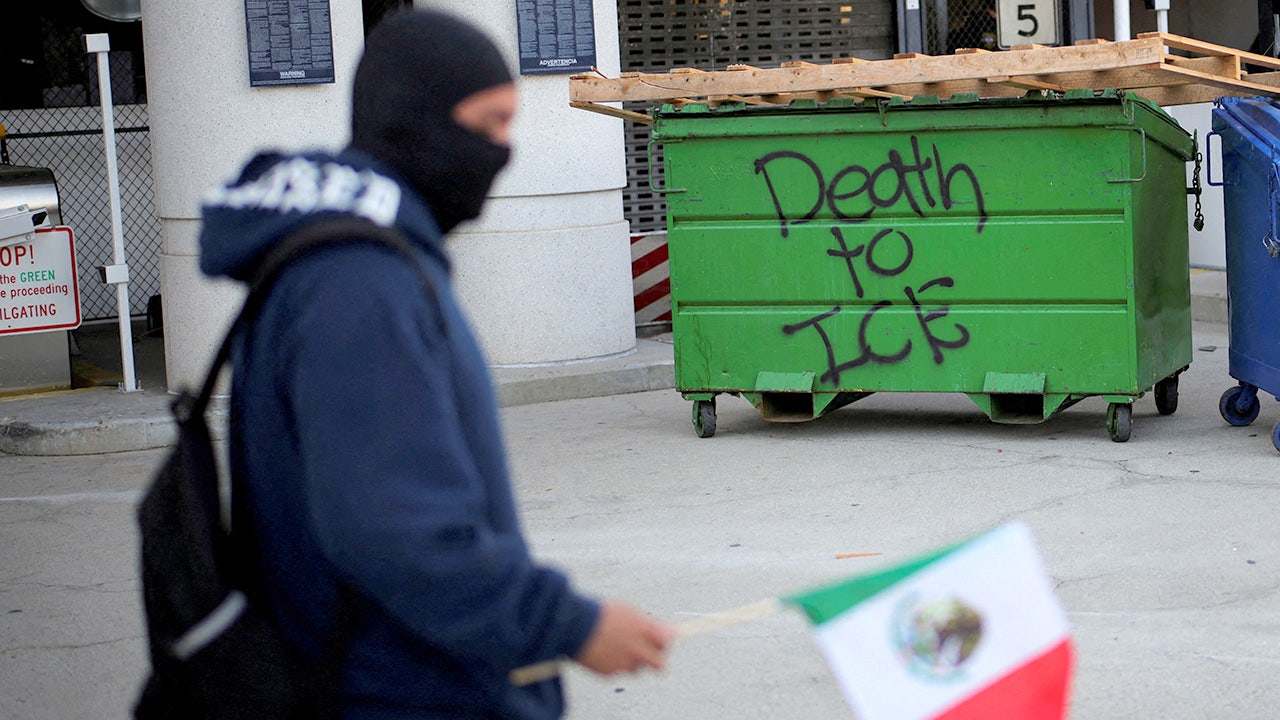India Faces Rising Disaster Risk: Are We Leveraging Tech for Preparedness?

India's Growing Vulnerability to Disasters: A Call for Technological Advancement
Recent extreme weather events, mirroring the devastation caused by typhoons Caring and Dante (which dumped a staggering 558.8 mm of rain, exceeding the 30-year monthly average of 493.3 mm in the Philippines, according to Pagasa reports), have underscored the urgent need for enhanced disaster preparedness in India. The World Meteorological Organization's (WMO) 'State of the Climate in Asia 2024' report paints a stark picture: Asia is warming twice as fast as the global average, and India is squarely in the line of fire.
From increasingly frequent and intense cyclones to devastating floods, heatwaves, and droughts, the nation is grappling with a multitude of climate-related challenges. While traditional disaster management strategies remain crucial, the question arises: are we fully harnessing the power of available technology to mitigate risks and build resilience?
The Technological Toolkit for Disaster Preparedness
Fortunately, a wealth of technological solutions exist that can significantly improve our ability to predict, prepare for, and respond to disasters. Here's a look at some key areas:
- Early Warning Systems: Advanced weather models, satellite imagery, and sensor networks can provide timely warnings of impending disasters, allowing communities to evacuate and take protective measures. AI-powered predictive analytics can further refine these forecasts, increasing their accuracy and lead time.
- Geospatial Technology & GIS: Geographic Information Systems (GIS) and remote sensing data (like drones and satellite imagery) are invaluable for mapping vulnerable areas, assessing damage, and coordinating relief efforts.
- Communication & Mobile Technology: Mobile apps and SMS alerts can disseminate critical information to the public, even in areas with limited internet access. Social media platforms can also be leveraged to share updates and connect people in need.
- Big Data & Analytics: Analyzing vast datasets from various sources (weather stations, social media, sensor networks) can reveal patterns and trends that inform disaster preparedness strategies.
- Artificial Intelligence (AI) & Machine Learning (ML): AI and ML algorithms can be used to predict disaster impacts, optimize resource allocation, and automate emergency response operations.
Bridging the Gap: Challenges and Opportunities
Despite the potential of these technologies, several challenges hinder their widespread adoption in India. These include:
- Digital Divide: Access to technology and internet connectivity remains uneven across the country, particularly in rural areas.
- Data Silos: Data is often fragmented and not easily shared between different agencies and organizations.
- Lack of Capacity: There is a need for trained professionals who can effectively utilize and interpret data from these technologies.
- Cost: Implementing and maintaining advanced technological solutions can be expensive.
However, these challenges also present opportunities. Government initiatives, public-private partnerships, and community-based programs can help bridge the digital divide, promote data sharing, build capacity, and reduce costs. Investing in technology is not just about adopting new tools; it's about fostering a culture of preparedness and resilience.
Looking Ahead: Building a Disaster-Resilient India
The increasing frequency and intensity of extreme weather events demand a paradigm shift in our approach to disaster management. By embracing technological innovation, fostering collaboration, and empowering communities, India can build a more resilient future and protect its citizens from the devastating impacts of disasters. The time to act is now, before the next crisis strikes.






